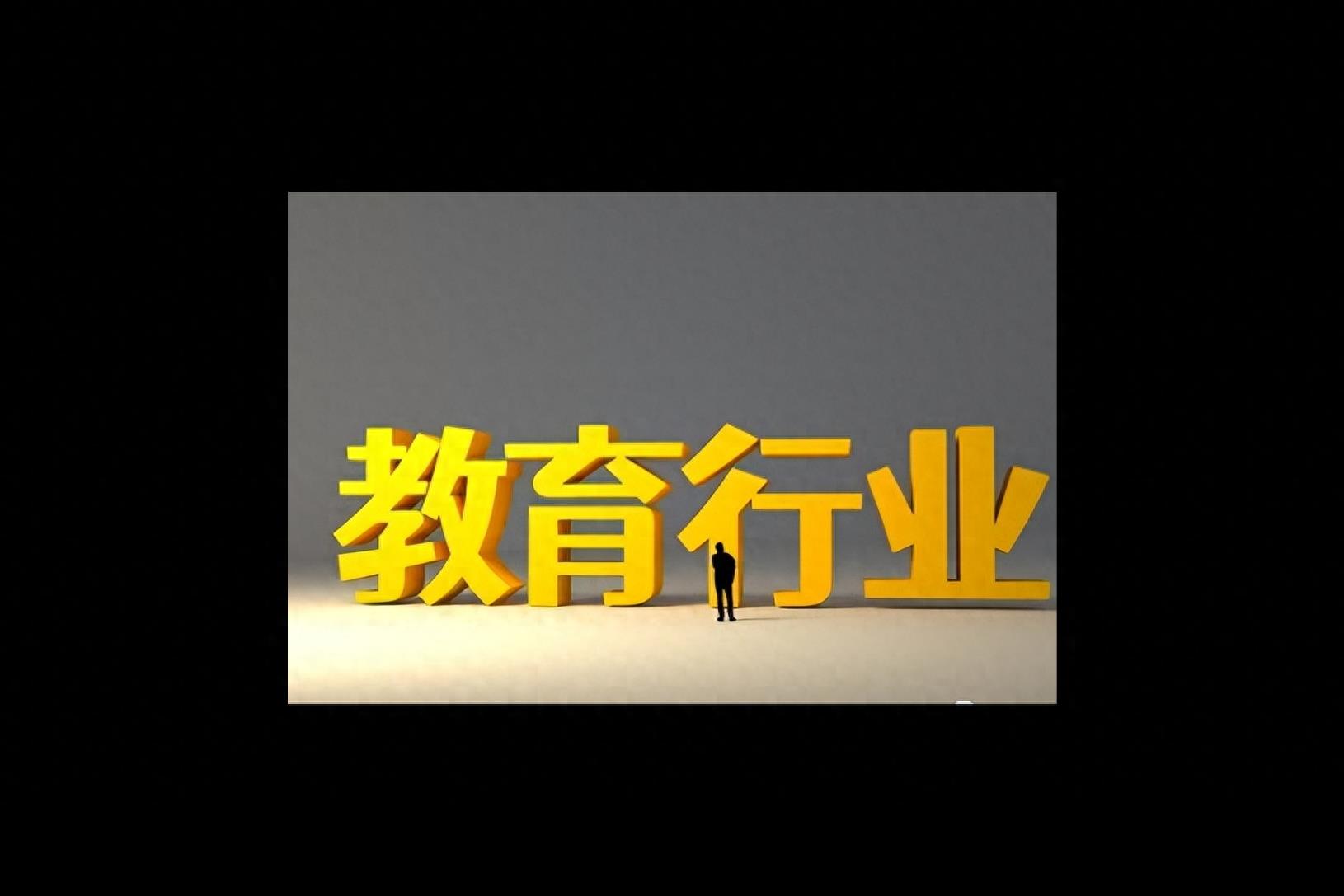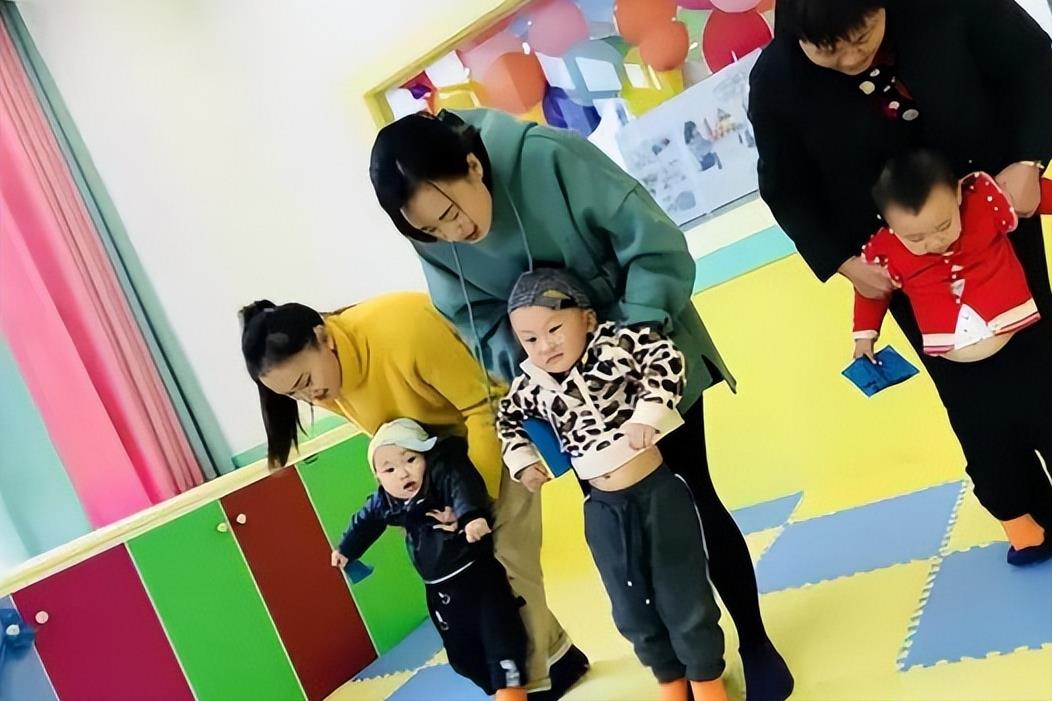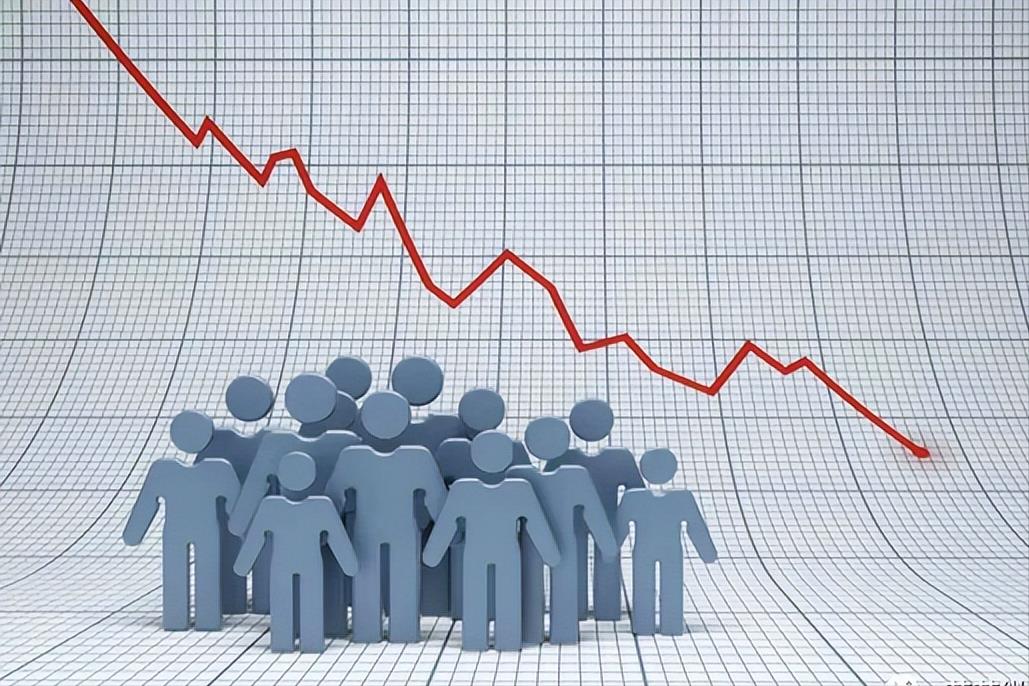Japanese beauty brands are facing a new crisis in China market.
In the past Double Eleven, Japanese beauty brands collectively "disappeared" in the TOP10 sales list. According to the research report of Guojin Securities, the top ten brands sold by Amoy beauty shops during this year’s Double Eleven period were Polaiya, L ‘Oreal, Lancome, Estee Lauder, Winona, Mystery of Sea Blue, Olay, Xiuliko, helena rubinstein and Guerlain, and none of them were Japanese makeup brands. According to media observation, this is the first time that the Japanese makeup brand SK-Il has fallen out of the top ten since 2016, and it is also the first time that Shiseido, a Japanese makeup brand, has been out of the list since it entered the top ten in 2017. Both of them have occupied the list for many years.
Bai Wen Xi, chief economist of IPG China, told 21st century business herald that the impact of Japanese nuclear sewage discharge on Japanese cosmetics was an important factor, which led to the continuous fermentation of consumers’ resistance to Japanese cosmetics. In addition, domestic beauty brands performed strongly during the Double Eleven period. For example, brands such as Polaiya occupied the leading position in the beauty category for the first time, which may be another factor affecting the sales of Japanese makeup brands.
At present, the days of Japanese beauty brands are not easy. Take Shiseido, a well-known Japanese cosmetics brand, as an example. Last week, Shiseido lowered its annual profit forecast, and then its share price fell sharply. On November 13th, the share price of Shiseido in Japan once fell by 14%, the biggest drop in 36 years. As of 9: 00 am on November 20th, Shiseido’s share price rebounded to 4,329 yen, and its share price has fallen by 40.07% since the beginning of the year. Shiseido said that the demand from consumers in China slowed down due to the Japanese nuclear sewage discharged into the sea, and the sales in China decreased by about 10% in the third quarter. The company believes that the impact of nuclear sewage discharge will last until the first quarter of 2024. As of the first half of this year, the China market was Shiseido’s largest market.
Shiseido’s situation is just a microcosm of the cold reception of Japanese beauty brands. Judging from the performance of the third quarterly report this year, the performance of Japanese cosmetics on behalf of enterprises is lacking. In contrast, domestic cosmetics brands gradually occupy the mainstream in China market.
Why do Japanese cosmetics brands gradually regress in China market? At present, Kose Group and other Japanese cosmetics brands are still overweight the China market. What are the future development prospects?
Japanese beauty cosmetics encounter waterloo in China
For many Japanese beauty brands, this year’s Double Eleven may be a stress test. But obviously, the result is not satisfactory.
Judging from the achievements of the Double Eleven, Japanese beauty cosmetics not only failed to rank among the top ten beauty shops in Amoy Department, but also lost the list of the top ten brands of GMV in the category of double eleven beauty and skin care in Tik Tok this year. Poor performance in China market has directly affected the performance of many Japanese beauty companies.
Japan’s Shiseido Group released its financial report for the first three quarters of 2023. The financial report shows that its net sales decreased by 5.3% year-on-year to 722.4 billion yen (about RMB 34.752 billion), and its core operating profit decreased by 53% to 8.8 billion yen. Among them, Shiseido’s sales in China decreased by 9% this quarter, which directly offset the growth in the first half of the year. In the same period, China market also retreated to Shiseido’s second largest market. The same situation also appeared in Kao, Polaroid, Kose and other Japanese cosmetics companies.
Kao Group, the parent company of Kerun and Fulifang Silk, released its third-quarter financial report. The company’s net sales decreased by 0.2% year-on-year to 1.13 trillion yen, and its net profit decreased by 44.2% year-on-year. In the third quarter, which was most affected by the nuclear sewage incident, sales fell by 1.6% to 387.4 billion yen. Kao said in the financial report that the group’s cosmetics business lost 1.6 billion yen mainly due to the sharp decline in sales in China. Coincidentally, POLA Polaroid Group also named in its third-quarter financial report that it had to slow down its store expansion plan in China due to the impact of Japanese nuclear sewage discharge into the sea.
Since August this year, due to the nuclear sewage discharge incident, the sales of Japanese cosmetics in China and South Korea have been greatly hindered, which can be described as the "black swan" incident of Japanese cosmetics.
Chen Li, a researcher at Anbang think tank, told 21st century business herald that Japanese cosmetics suffered a brand crisis after the Fukushima Daiichi nuclear power plant announced that it would discharge sewage. Consumers in China thought that Japanese chemical products would be affected by nuclear sewage, labeled them as "unsafe" and turned to other substitutes. Whether the quality of Japanese cosmetics will be affected by this incident or not, the action of discharging nuclear sewage has caused negative feelings of China consumers about "Made in Japan", which is a big blow to the Japanese beauty industry.
In addition, Chen Li also believes that Japanese beauty products are cold in China, largely because consumers are increasingly inclined to choose domestic brands.
Since the news that Japan’s nuclear sewage was discharged into the sea came out, online discussions about the safety of Japanese cosmetics have come and gone, which directly affected the export of Japanese cosmetics. According to the data of the General Administration of Customs, since May this year, China’s cosmetics imported from Japan began to show a significant decline. Among them, the import value in June decreased by 8.4% year-on-year; In July, the import value dropped by 30% year-on-year.
Chen Li said that from the product point of view, although Japanese cosmetics brands have always paid attention to R&D, in recent years, domestic brands have also made major breakthroughs in product R&D, which is more cost-effective, more in line with the habits of consumers in China, and has reduced the attractiveness of Japanese cosmetics to the China market to some extent. From the brand point of view, the international influence of Japanese cosmetics is not as good as that of European and American brands. Domestic brands are also expanding their influence with the trend of "cultural self-confidence" and "national rejuvenation", so the brand power of Japanese cosmetics is squeezed.
According to the report of the Capital Securities Industry, China Customs data show that China’s cosmetics imports mainly come from Japan, South Korea, France, Britain, the United States and other places. From 2015 to 2022, China’s total cosmetics imports from Japan increased from US$ 488 million to US$ 4.987 billion, an increase of over 10 times. However, since the beginning of this year, the total amount of imported cosmetics in China has shown a downward trend. The total amount of imported cosmetics from Japan has continued to decline since March, and the total amount of imported cosmetics from Japan in the first quarter fell by 11.73% year-on-year.
Domestic head brands accelerate to occupy the market.
At present, the domestic cosmetics market has ushered in a new round of reshuffle. The most striking difference is that the phenomenon that foreign cosmetic brands dominate the China market is gone forever.
According to Huajing Industrial Research Institute, the market share of China cosmetics market in 2021 will be 28.8%, 16.2%, 30.1%, 8.3% and 4.3% for China, French, Korean and Japanese brands respectively. At a time when many Japanese cosmetics brands are in decline, the rise of domestic brands has become a bright color. According to the data of beauty industry media, in this year’s Double Eleven list, domestic brand Polaiya won the first place in the list of Tmall and Tik Tok double 11 skin care brands. Among them, in the list of Tmall double 11 skin care brands, Polaiya beat L ‘Oreal with a GMV of 2.219 billion yuan.
Chen Li said, "China’s economy continues to recover, consumers are more rational, pay more attention to the cost performance of products, and pursue products with favorable prices while ensuring quality." In addition, Chen Li believes that consumers show enthusiastic concern about the ingredients of products and whether the ingredients of products are safe or not, while domestic cosmeceutical brands start with "biological ingredients and" herbal raw materials "and achieve a sudden emergence, further squeezing the Japanese cosmeceutical market.
Bai Wenxi also holds a similar view. He told reporters that the reasons for the rise of domestic brands may include the improvement of product quality and the effective marketing strategy.
Some analysts believe that in recent years, domestic skin care brands have paid more attention to the concepts of mild conditioning, natural no addition and no stimulation. Take Polaiya, a domestic brand, as an example. In order to meet the demand of whitening, it relies on the concept of "early C and late A" to force L ‘Oré al, Lancome, Estee Lauder and other big brands in sales. In this regard, Bai Wenxi believes that for beauty products, the focus of consumers’ attention now may include the quality, effect and safety of products, as well as the influence and reputation of brands. In this respect, the performance of Japanese beauty cosmetics lags behind other brands, because the popularity and recognition of its products in China market are relatively low, and its marketing strategy and product positioning may not meet the needs and preferences of China consumers. Chen Li also believes that Japan may not be as agile as domestic brands in capturing and responding to China’s hot trends.
In order to seize the China market, Japanese beauty cosmetics bet on high-end beauty consumption. Take Shiseido as an example. In 2021, Shiseido sold popular brands such as Secret Language of Water and Sibeiqi, and put more resources on high-end brands such as Shiseido, CPB and THE GINZA. At the same time, Shiseido focuses on the China market and increases investment in market production and R&D.. Recently, Shiseido also launched a small program of "Watching the United States and Japan", and cooperated with jnto, Hoshino Group, Japan Airlines and other institutions and companies to introduce Japanese tourism and cultural consultation and promote Japanese tourists’ consumption in.
Chen Li said that Shiseido should concentrate on its core business by reorganizing its business resources and reducing its mass brands. In the case of economic recovery, enterprises will give priority to reducing costs and increasing efficiency. This move is in line with the global beauty market as a whole to the "high-end" direction, and is also in line with the strategic layout direction of Japanese cosmetics brands such as Shiseido in China.
However, some analysts believe that the cold consumption of high-end beauty cosmetics in the past two years has become another factor affecting the performance of Japanese makeup brands. According to the data of Tencent Marketing Insight (TMI) and Boston Consulting Group (BCG), the domestic high-end beauty market has maintained a high growth rate of 20% in the past few years, and the growth rate reached 41.8% in 2021, but there was a slight correction of 2% in 2022.
Nevertheless, the interviewed experts still believe that the fast-growing high-end product track is the key strategy for Japanese beauty brands to increase their market share in China. However, in this field, Japanese makeup brands also encounter great challenges. In March this year, the Japanese cosmetics group POLA announced that it would shut down high-end brands Amplitude and ITRIM, and Shuizhiao H2O Company will also complete liquidation this year. This year, POLA Group will cut off three brands.
According to Euromonitor’s data, since 2017, the sales of high-end beauty cosmetics in the China market have maintained an average annual growth rate of more than 23%, and it is expected that it will completely surpass popular beauty cosmetics by 2025. This means that the competition for high-end market will become the "general battlefield" of the next head beauty enterprises, and it is also the key for enterprises to win the market initiative and voice in the next 10 years.
How can Japanese cosmetics, which have been overtaken step by step, regain the China market? Chen Li believes that "if Japanese beauty companies want to continue to pay attention to the China market, they should pay attention to the competition in the high-end product track, keep up with the demand of the consumer market in China, and create’ efficacy first’ big items according to the skin quality, aesthetics and psychological portraits of China consumers, and constantly expand the matrix of big items."
(21st century business herald)



